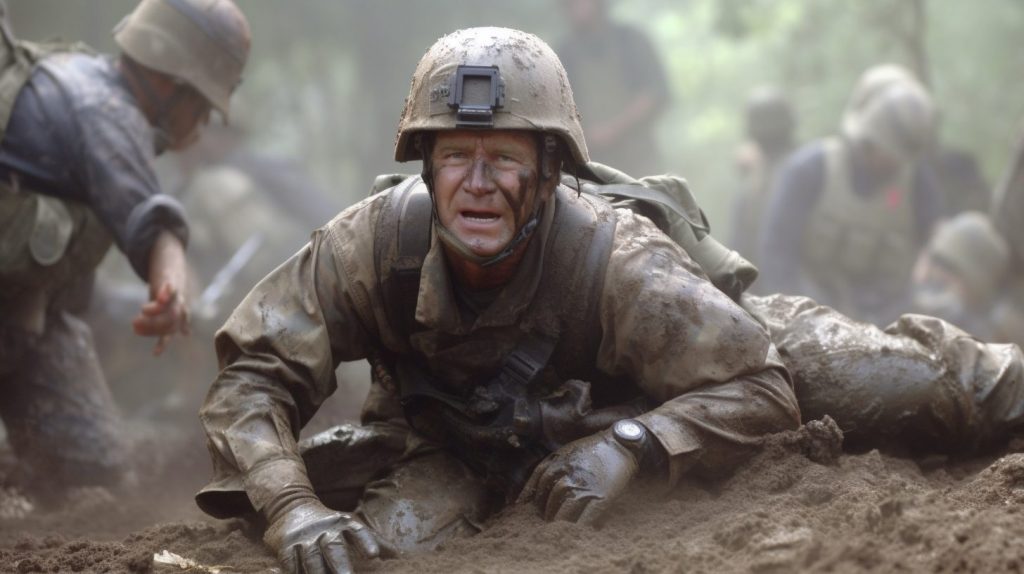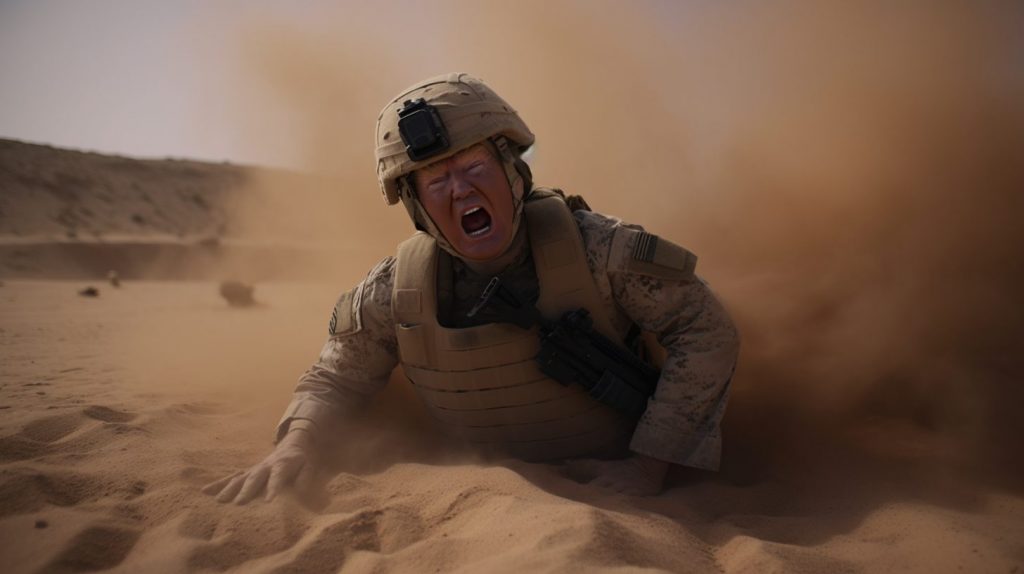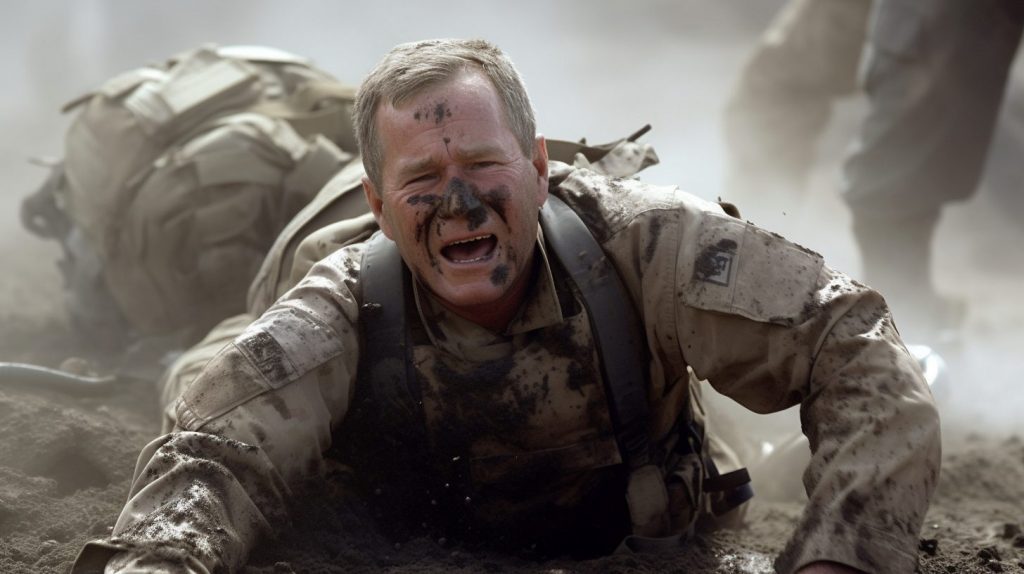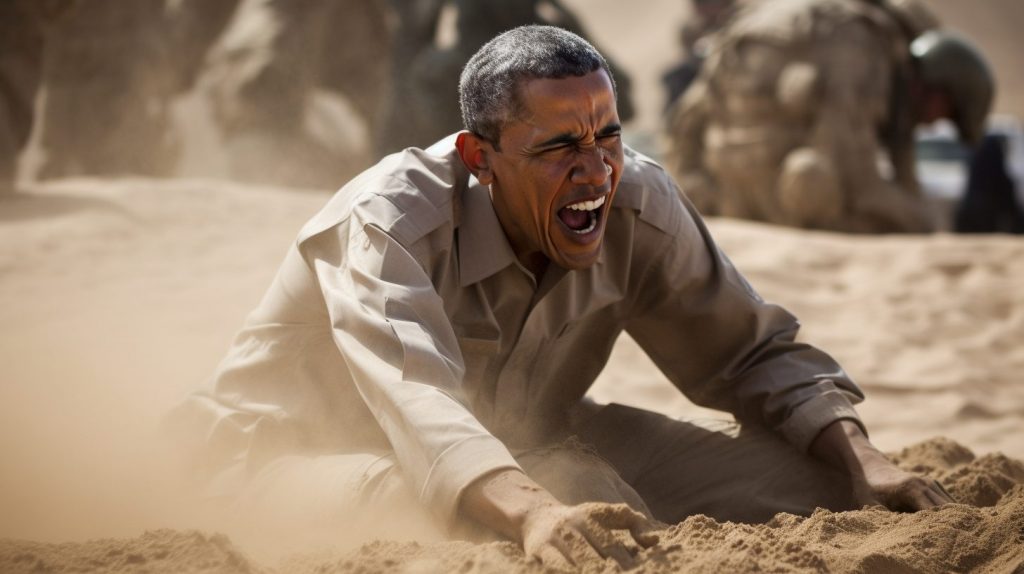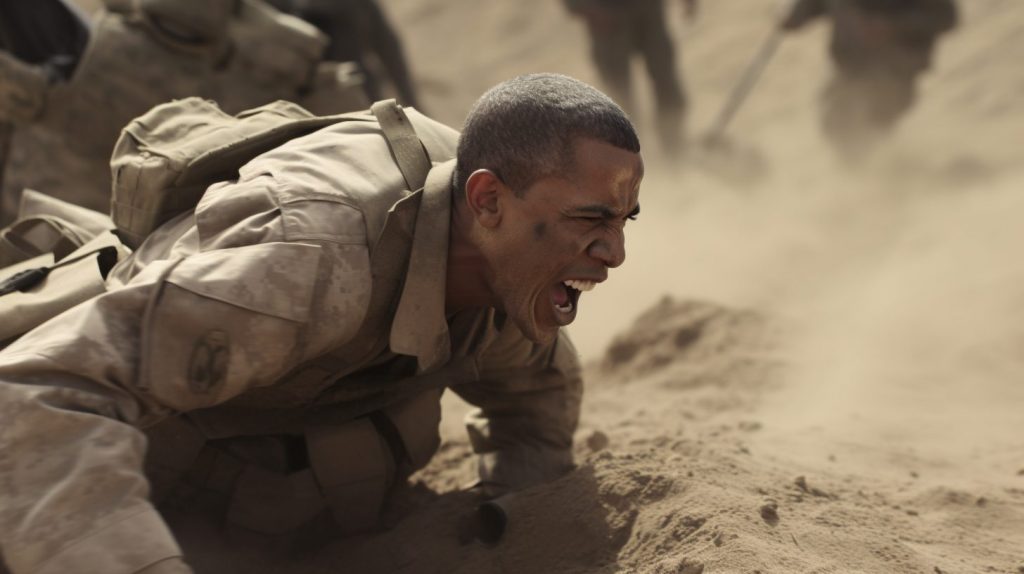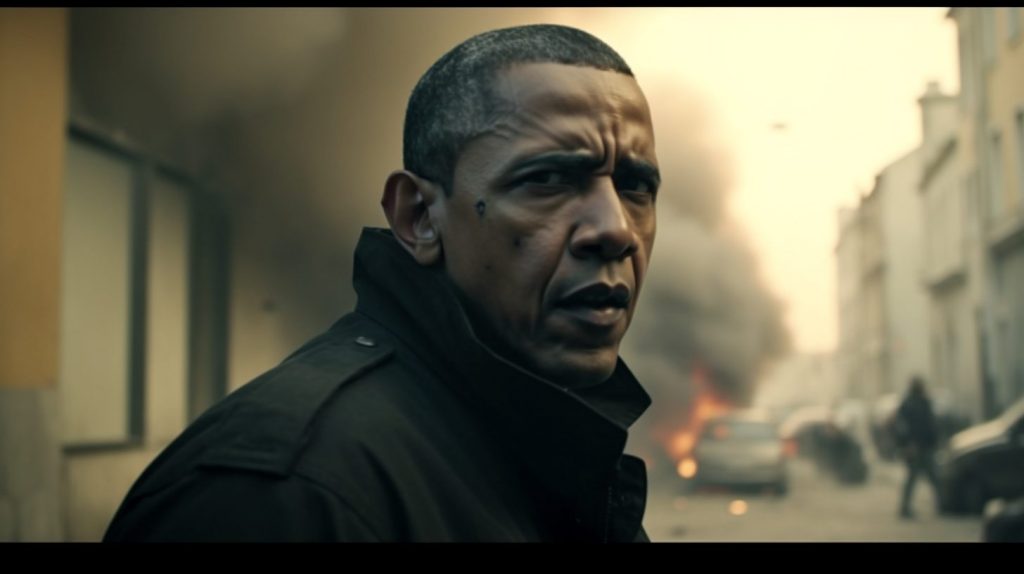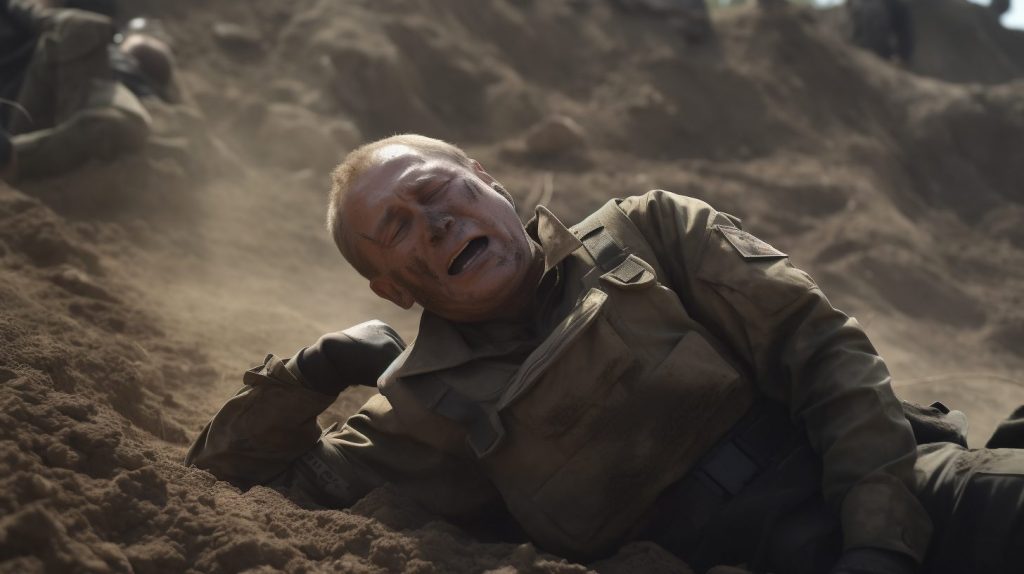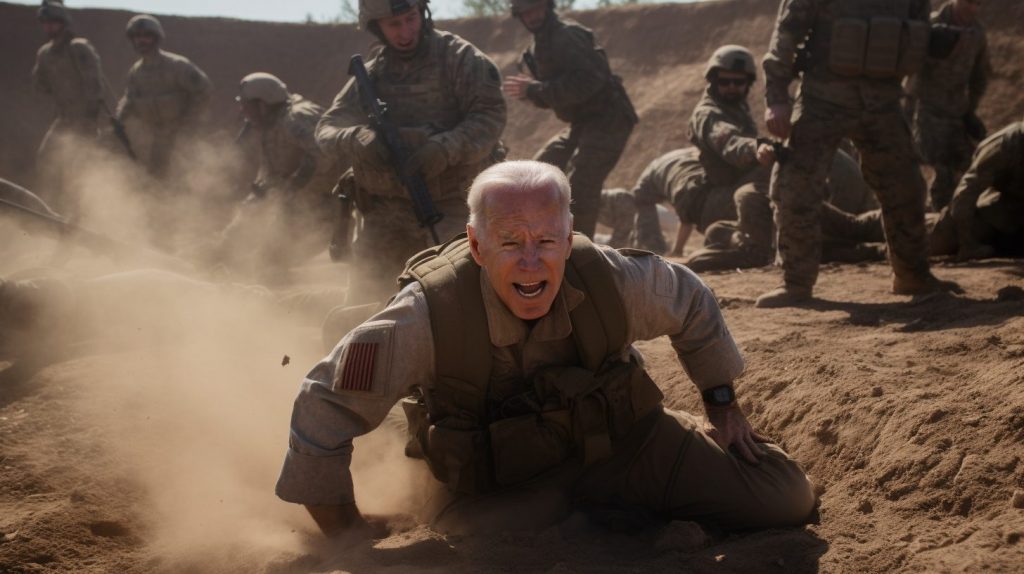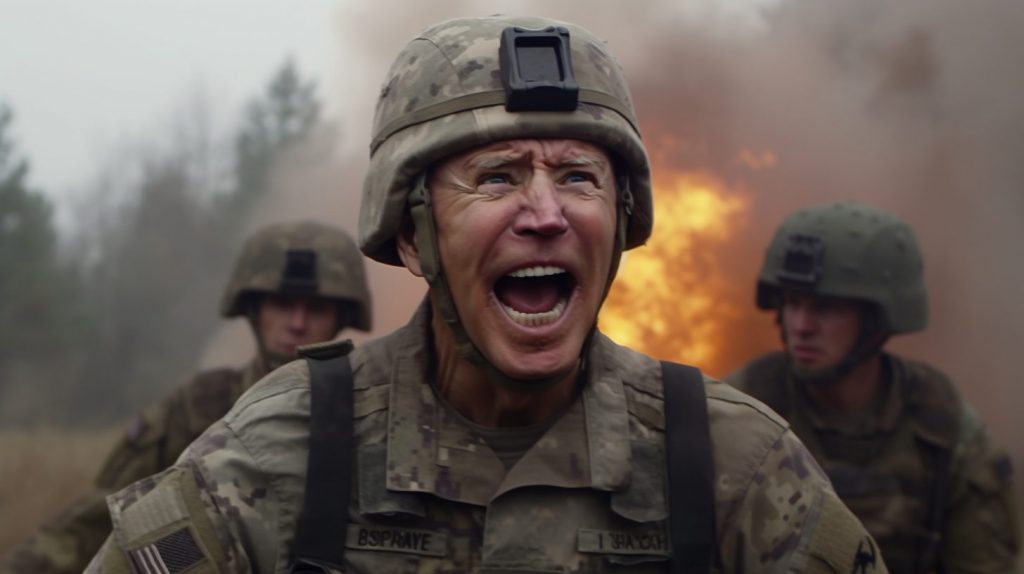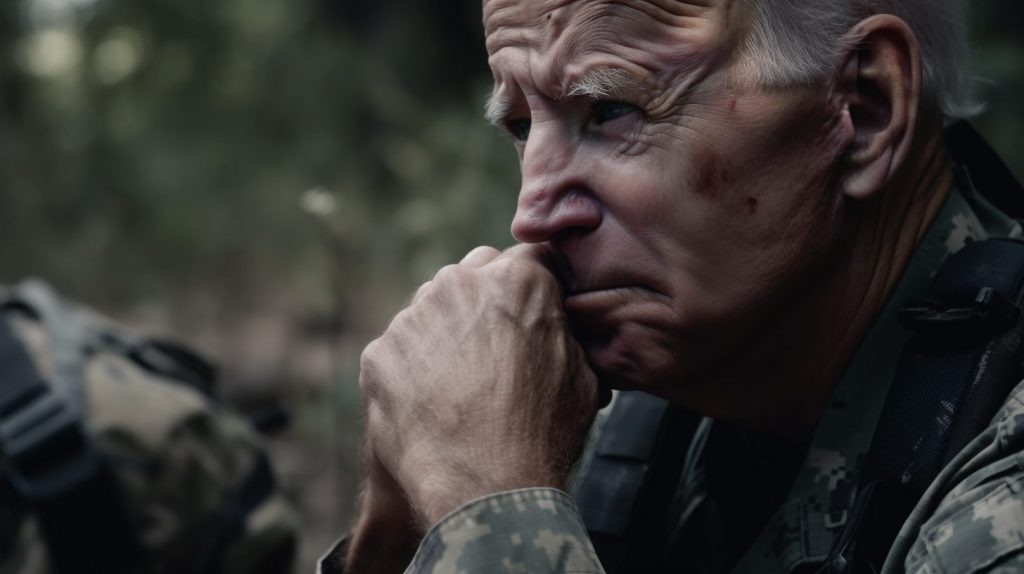Throughout history, the decision to go to war has often been made by those far removed from the battlefield. In recent times, the separation between decision-makers and those who must carry out their orders has only grown wider. This raises the question: what would happen if the people who made the decision to go to war were placed on the front line first? To explore this idea, we’ll delve into the history of war and the role of kings and leaders, and examine how such a change might affect our modern approach to conflict.
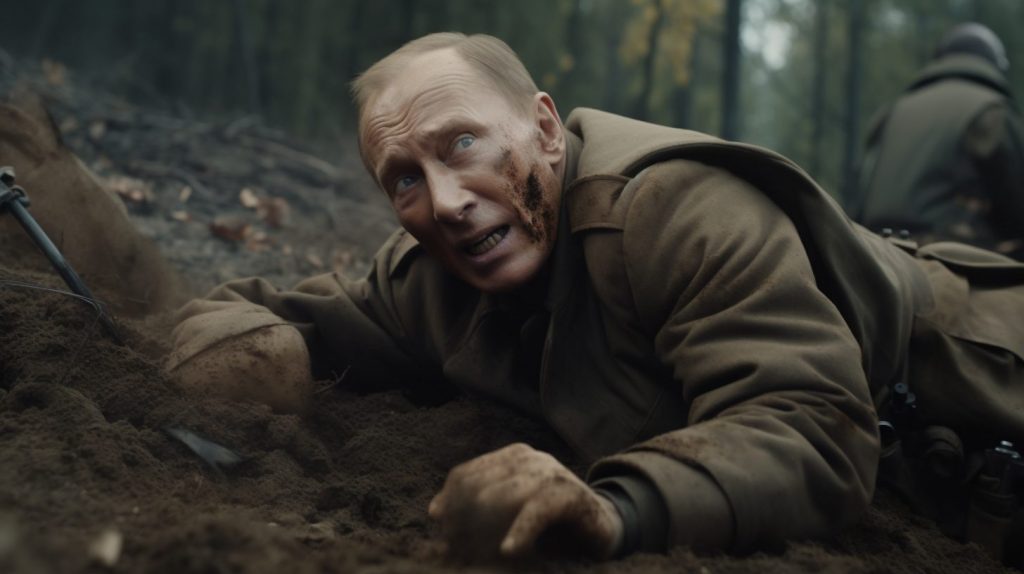
The Role of Kings and Leaders in Battle
In ancient and medieval times, kings and rulers were often expected to lead their armies into battle. From the legendary exploits of Alexander the Great to the martial prowess of Richard the Lionheart, history is filled with examples of monarchs who fought alongside their soldiers. This direct involvement in warfare served several purposes. It demonstrated the ruler’s bravery, provided a rallying point for troops, and allowed the leader to experience the realities of combat firsthand.
However, as warfare evolved and the scale of conflict grew, the practice of kings and leaders personally leading their troops in battle gradually diminished. The advent of professional standing armies, advanced weaponry, and complex military strategies contributed to this shift. Additionally, the increasing importance of diplomacy and international relations meant that the role of the monarch had to evolve to prioritize statecraft over martial prowess.
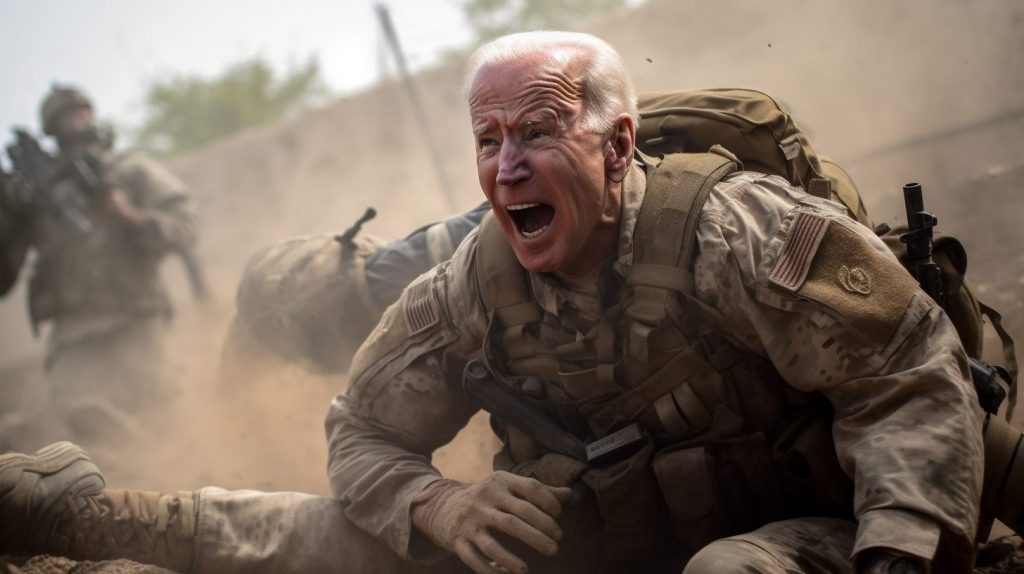
Modern Warfare and the Decision-Makers
In modern times, the people who make the decision to go to war are rarely those who physically engage in combat. Presidents, prime ministers, and other leaders may authorize military action, but they do so from the safety of their offices. Generals and military strategists plan campaigns and operations, but they are usually far removed from the immediate dangers faced by the soldiers on the ground.
This separation between decision-makers and the realities of warfare has some significant implications. For one, it can be argued that it makes it easier for those in power to make the decision to go to war, as they are insulated from the direct consequences of their decisions. Furthermore, this detachment may also make it difficult for leaders to fully understand and empathize with the experiences of the soldiers they send into harm’s way.

The Hypothetical Scenario: Decision-Makers on the Front Lines
So, what would happen if we returned to a system where those who made the decision to go to war were placed on the front lines first? Let’s explore some potential consequences of such a change.
- A More Considered Approach to War
If decision-makers were required to personally participate in combat, it is likely that they would approach the decision to go to war with greater caution and deliberation. The prospect of facing the immediate dangers of battle could serve as a powerful deterrent against hastily entering into conflict. This, in turn, might result in a greater emphasis on diplomacy and peaceful resolution of disputes.
- Increased Accountability
By placing decision-makers on the front lines, they would be directly exposed to the consequences of their decisions. This could lead to greater accountability and an increased sense of responsibility towards the soldiers they command. In this scenario, leaders would be more likely to think critically about the reasons for going to war and the potential costs, both human and material.
- Enhanced Empathy and Understanding
Experiencing the realities of combat firsthand could help decision-makers develop a deeper understanding of the challenges faced by the soldiers they send into battle. This, in turn, could foster greater empathy and compassion, leading to improved support for veterans and more informed decision-making regarding military strategy and resources.
- Potential Risks and Drawbacks
While there are potential benefits to placing decision-makers on the front lines, there are also risks and drawbacks to consider. One major concern is the potential loss of vital leadership during a conflict. If a president, prime minister, or high-ranking military official were to be killed or injured on the battlefield, it could create a power vacuum and destabilize the chain of command. This could have serious consequences for the effective management of the war effort and overall national security.
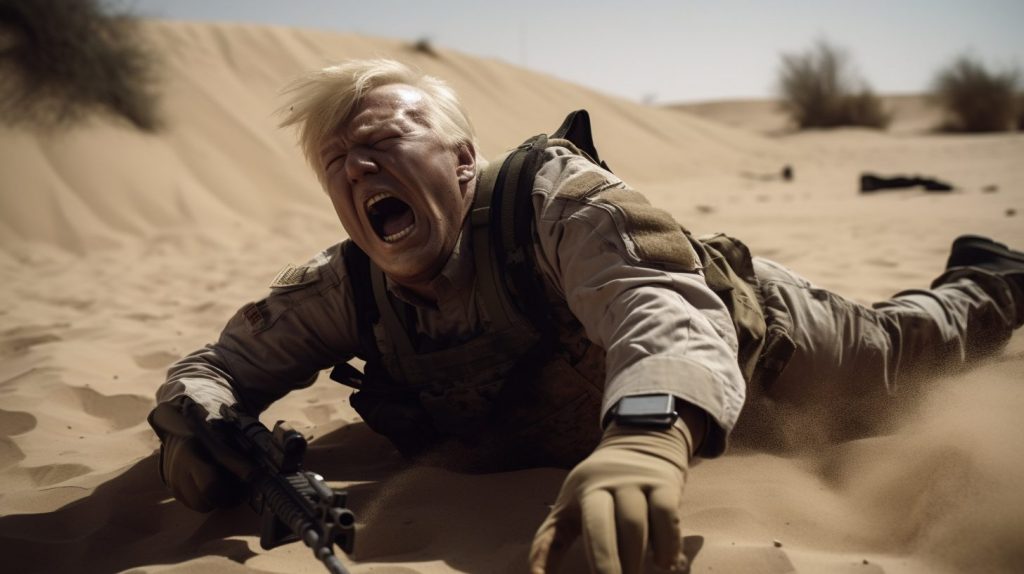
Another potential drawback is the impact on the decision-making process itself. If leaders are actively engaged in combat, their ability to focus on high-level strategy and diplomatic efforts could be compromised. In modern warfare, the coordination of vast resources, intelligence, and international relations is crucial for success, and this might be negatively affected if decision-makers are preoccupied with their own survival on the front lines.
Conclusion
The idea of returning to a system where decision-makers are placed on the front lines of warfare is a fascinating thought experiment. While it has the potential to foster a more cautious approach to conflict, increased accountability, and enhanced empathy for soldiers, it also comes with significant risks and potential drawbacks. Ultimately, the key to responsible decision-making in matters of war may lie not in putting leaders on the front lines, but in cultivating a strong culture of empathy, responsibility, and transparency among those who hold the power to send others into battle. By maintaining a focus on the human costs of war and prioritizing diplomatic solutions, we can strive for a world where conflict is a last resort, rather than a default option.
